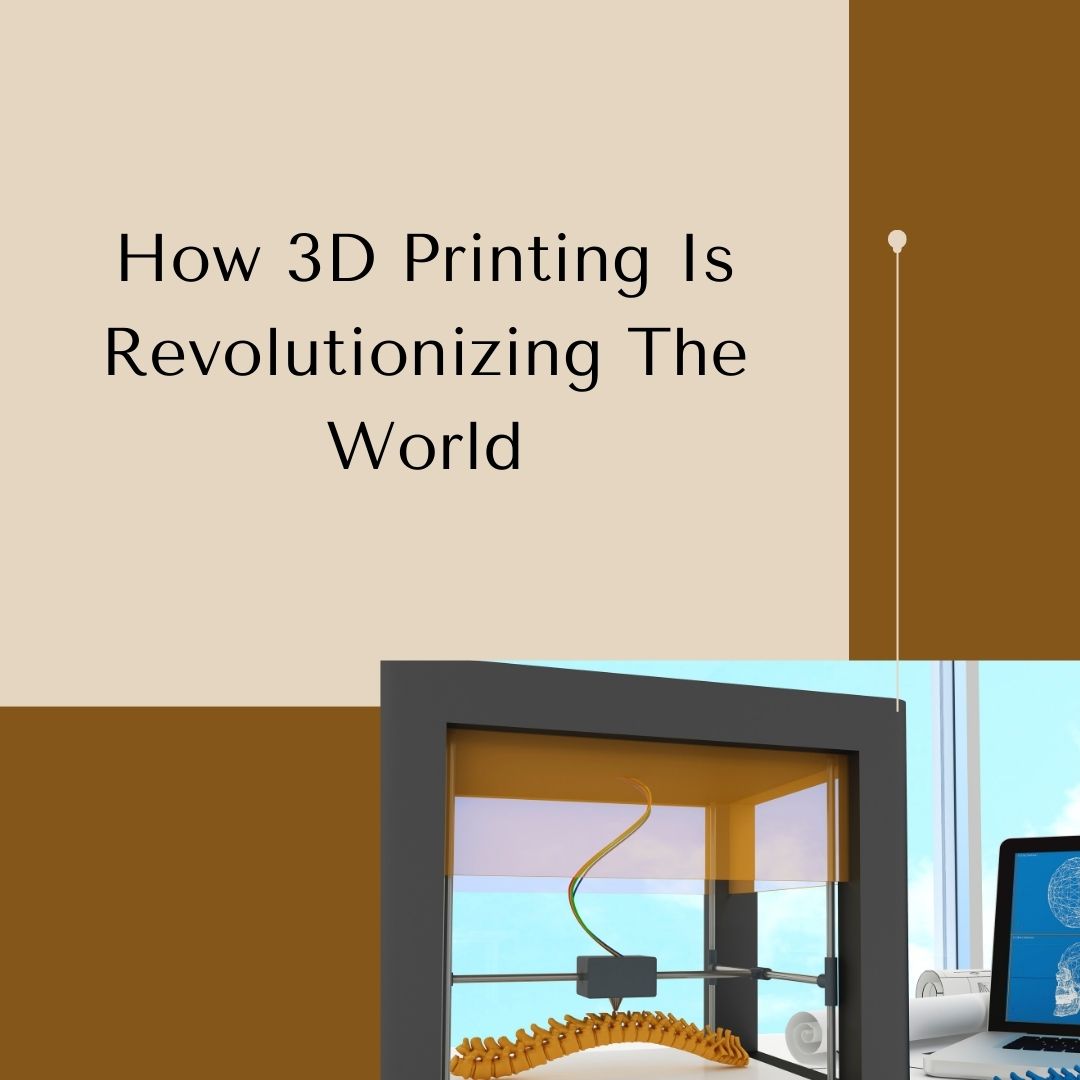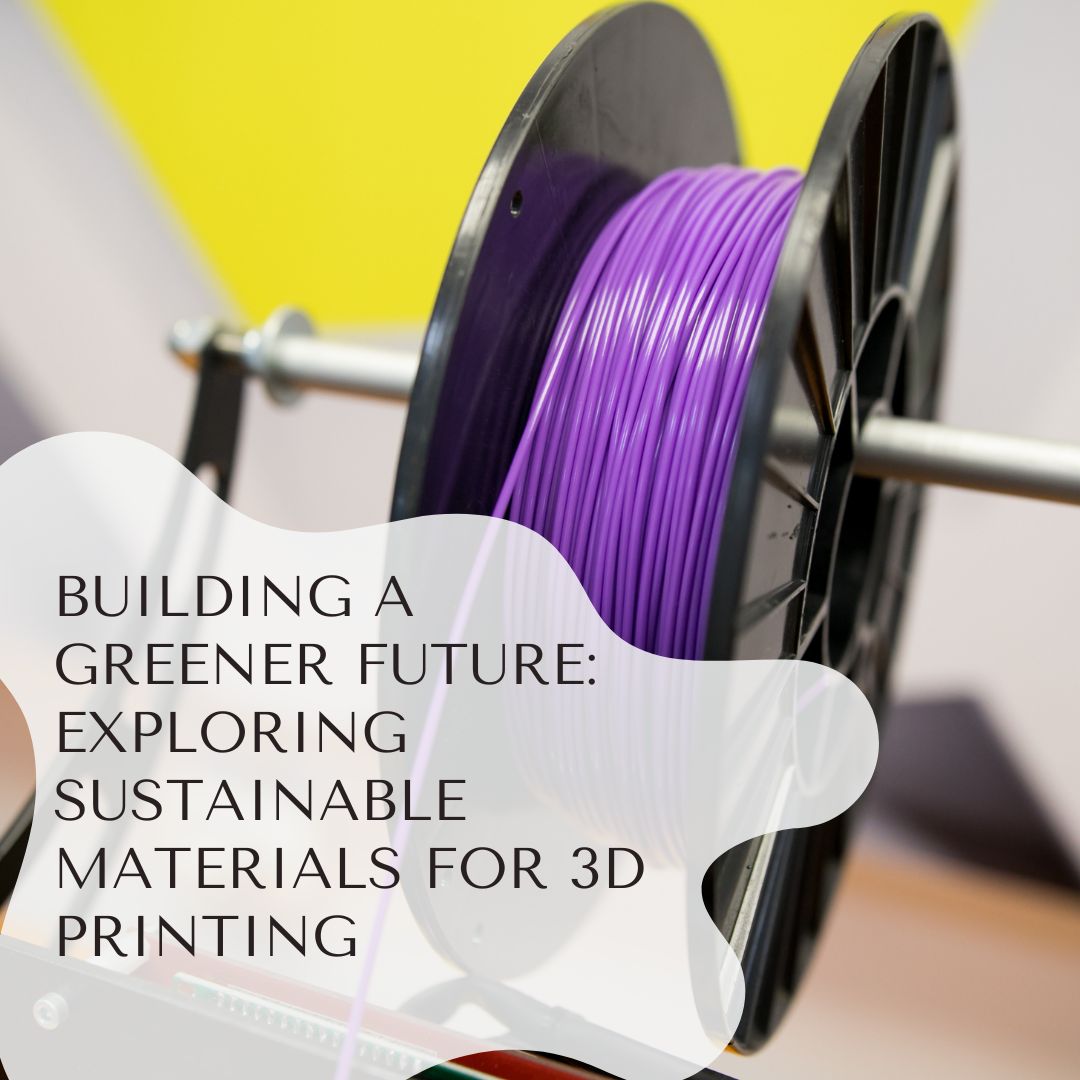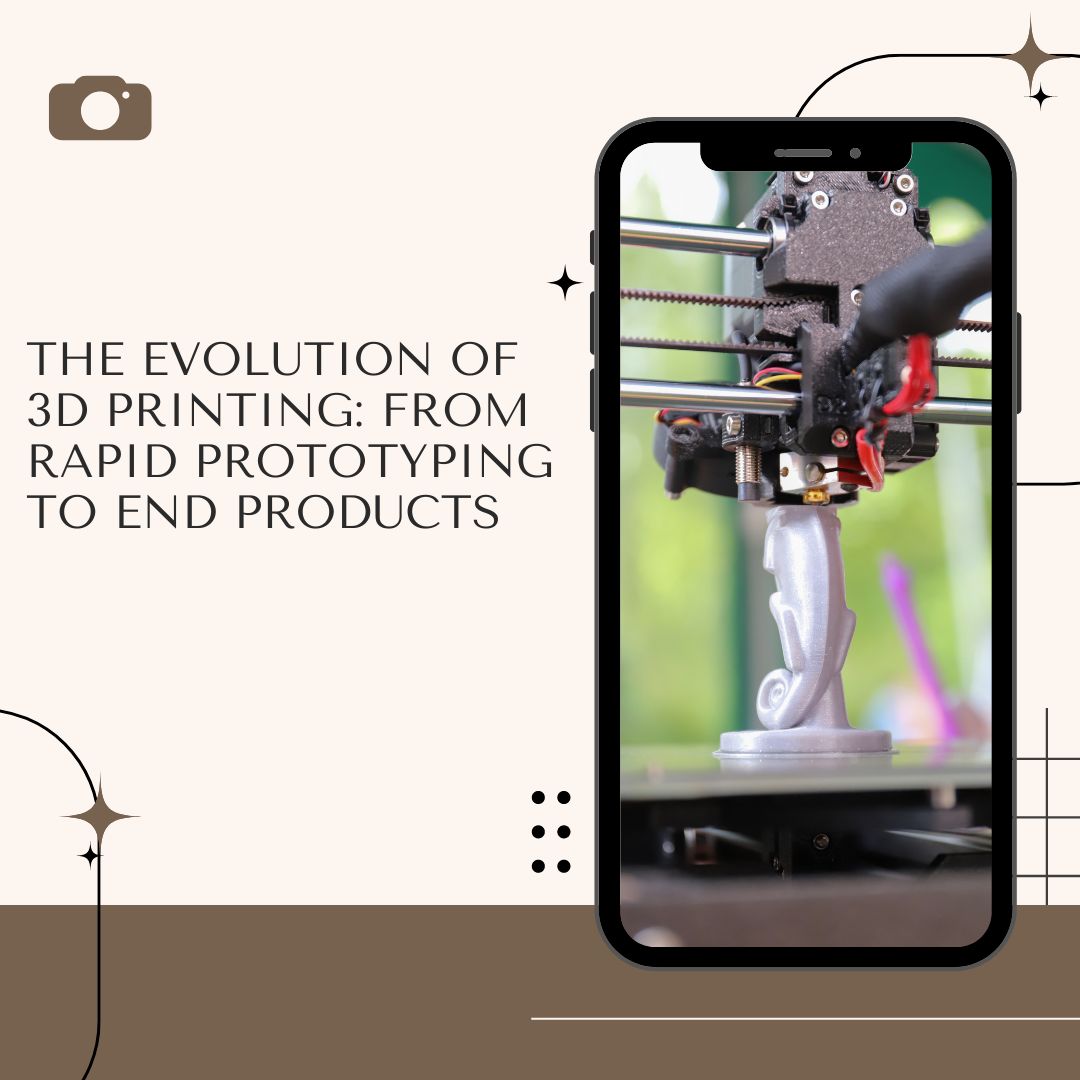3D printing has been a game-changer in the world of manufacturing, bringing many benefits to various industries. This technology, also known as additive manufacturing, has revolutionized the way we produce products, from reducing costs and waste to enabling customization and rapid prototyping.
In this blog post, we will explore some of the ways that 3D printing helps the world, including sustainable manufacturing, cost-effectiveness, customization, rapid prototyping, accessibility, medical advancements, reduced carbon footprint, and more.
Here are some of the ways that 3D printing helps the world:
- Sustainable Manufacturing: 3D printing is a more sustainable manufacturing method compared to traditional manufacturing methods. Traditional manufacturing methods often result in a lot of waste material, which is not the case with 3D printing. 3D printing only uses the exact amount of material needed to create the product, which reduces waste and saves resources.
- Reduced Carbon Footprint: 3D printing has a reduced carbon footprint compared to traditional manufacturing methods. It reduces the need for transportation of products and eliminates the need for excess material, which reduces waste.
- Cost-Effective: 3D printing is a cost-effective manufacturing method, especially for small-scale production. It eliminates the need for expensive tooling and molds, which can be a significant cost for traditional manufacturing methods. 3D printing also allows for the production of complex geometries that would be difficult or impossible to produce with traditional manufacturing methods.
- Customization: 3D printing allows for the customization of products, which is not possible with traditional manufacturing methods. This is particularly useful in the medical field, where customized prosthetics and implants can be produced for individual patients.
- Rapid Prototyping: 3D printing allows for rapid prototyping, which speeds up the product development process. This is particularly useful in industries such as aerospace and automotive, where product development can be a lengthy process.
- Accessibility: 3D printing has made manufacturing more accessible to small businesses and individuals. With the availability of affordable desktop 3D printers, anyone can now produce their own products without the need for expensive manufacturing equipment.
- Medical Advancements: 3D printing has revolutionized the medical field by allowing for the production of customized prosthetics, implants, and surgical models. It has also enabled the production of complex medical devices that would be difficult or impossible to produce with traditional manufacturing methods.
In conclusion, 3D printing has brought many advantages to various industries, from reducing costs and waste to enabling customization and rapid prototyping. This technology has revolutionized the way we manufacture products, and it has opened up new possibilities for designers and artists in the fashion industry. 3D printing has also made manufacturing more accessible to small businesses and individuals, and it has revolutionized the medical field by allowing for the production of customized prosthetics, implants, and surgical models. As the technology continues to evolve, we can expect to see even more benefits and innovations in the future.



